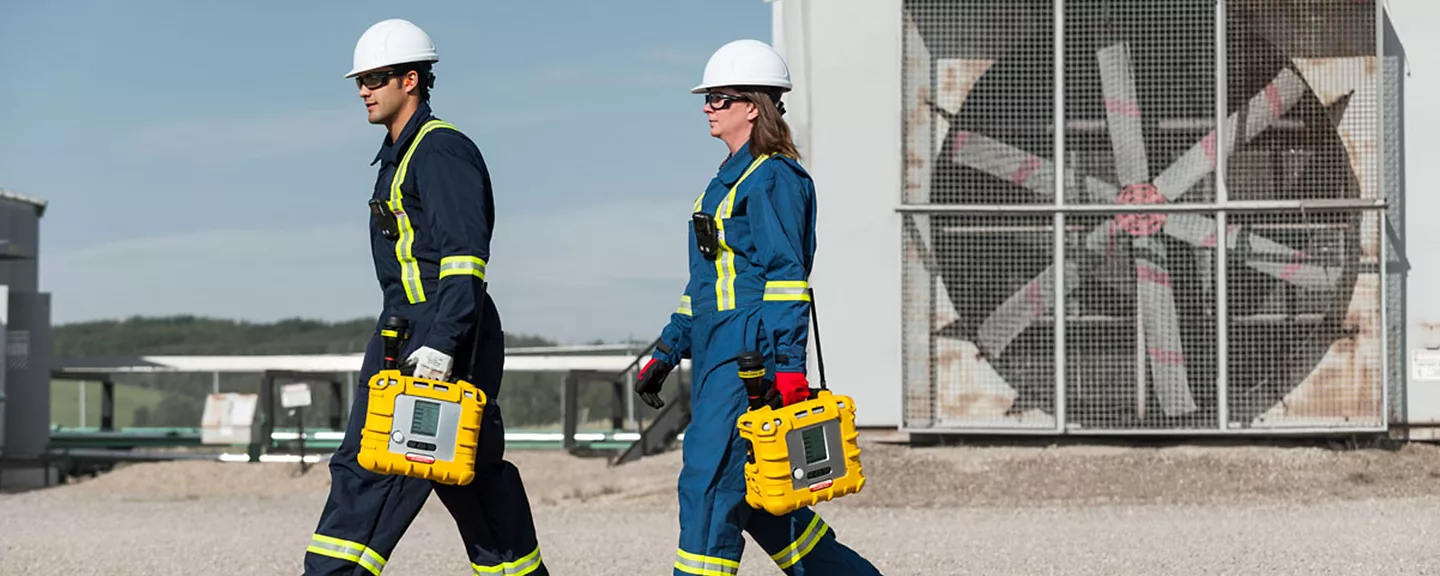Manufacturing and industry are known for their risks, but luckily these jobs are getting safer and safer. Advancing technologies, better training, and increased regulations have all made dangerous jobs safer and more efficient. It doesn’t matter what the business is manufacturing or producing, if it includes any danger there are technologies and methods to avoid it. With increased safety measures, there is actually more productivity. Below are five ways that industry is getting safer and enabling companies to produce better products without putting their employees in harm’s way.
 Better Training
Better Training
First, one of the ways that manufacturing and industry is becoming safer is through better training. When a person is trying to get hired for a particular job that requires them to work with hazardous waste, machinery that can cause harm if something goes wrong, or requires the prevention of workplace hazards, they need to get an OSHA certification.
This certificate shows that the employee has been through training from classes that instruct them how to deal with mistakes in the workplace, how to avoid hazardous conditions, and the proper way to work with dangerous materials. Whatever business you are in, if there are any hazards at the warehouse or factory, asking employees to get certified isn’t just the law, it will make them more confident and knowledgeable when it comes to hazards in the workplace.
Consider enrolling your team in these training programs for professionals that interact with high voltage battery systems to ensure they have the necessary expertise and safety knowledge. Proper training can significantly reduce workplace risks and promote a safer, more efficient working environment.
Automation
Another way that industry is becoming safer is through automation. Automating technologies that get the job done with little or no human intervention may decrease jobs, but they also increase safety. Machines that are automated to do specific jobs help avoid any danger for the human employees. If something goes wrong, the machinery is what gets hurt—not a person. Having said that, with automated industry technology producing products, dealing with dangerous situations, and enabling faster production, automation is changing our world. Only time will tell how many jobs are replaced by automation, but one thing is for sure. It will make the workplace a lot safer.
Robotic Enhancements
Meeting halfway between danger and automation are robotic enhancements. Robotics companies have created chest wear, gloves, and other wearable technologies that provide safety in hazardous environments. Whether there is fire, dangerous chemicals, boiling water, or some other hazardous material, these wearables provide more safety for employees in the workplace. By protecting themselves with modern technology, injuries can be avoided. Accidents don’t have to lead to tragedies. When employees are protected, there are many less risks involved. If you want to keep your employees but make sure they are safe, a business could invest in robotic wearable enhancements.
Health & Physical Distancing
Another way that manufacturing and industry are becoming safer is with a focus on health. Since the pandemic began, there has been a larger effort to avoid spreading germs and sickness. Employees are asked to keep their distance from each other and wear masks to avoid spreading any kind of illness, even if there are no symptoms at all. Safety measures have gone beyond hazardous materials and workplace environments. Now the health of the people is being taken into account. Physical distancing at factories and warehouses helps avoid anyone getting sick in the first place.
First-Aid & Personnel
Finally, when there are dangers in the workplace companies have begun hiring first-aid nurses and other personnel. When you have any sort of hazard in the workplace in which the employees need to be careful, having a nurse or another professional on staff is always a great idea. To comply with regulations, these businesses are cultivating safer work environments and preventing unexpected accidents by having people who can alert the employees what could happen, how to avoid it, and what to do when they’ve been hurt. Whoever it is on staff, first-aid training is a great idea.
Workplaces that used to be hazardous are getting safer for all kinds of reasons. Automation is taking humans out of dangerous situations. Better training is helping them avoid danger and to know what to do when something does happen. Robotic enhancements help humans go into dangerous situations more carefully. Finally, health is a much larger concern that it has been in the past. It is exciting how manufacturing, industry, and business are becoming safer for everyone who is involved.

Founder Dinis Guarda
IntelligentHQ Your New Business Network.
IntelligentHQ is a Business network and an expert source for finance, capital markets and intelligence for thousands of global business professionals, startups, and companies.
We exist at the point of intersection between technology, social media, finance and innovation.
IntelligentHQ leverages innovation and scale of social digital technology, analytics, news, and distribution to create an unparalleled, full digital medium and social business networks spectrum.
IntelligentHQ is working hard, to become a trusted, and indispensable source of business news and analytics, within financial services and its associated supply chains and ecosystems



























